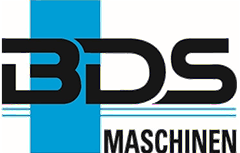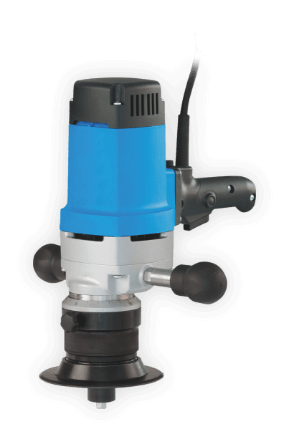Advantages of Using Coolants & Lubricants for Annular Cutters
Using coolants and lubricants with annular cutters offers several advantages that significantly enhance both performance and tool longevity. Annular cutters, used in magnetic core drilling machines, operate at high speeds and generate a lot of heat due to friction with the metal. Coolants and lubricants help in managing these conditions effectively.
 Key Advantages of Using Coolants & Lubricants for Annular Cutters:
Key Advantages of Using Coolants & Lubricants for Annular Cutters:
- Improved Tool Life
- Heat Dissipation: Coolants absorb and dissipate heat generated during cutting, preventing excessive heat build-up that can damage or soften the cutting edge of the annular cutter.
- Reduced Wear and Tear: Proper lubrication minimizes friction between the cutting edges and the material being drilled, reducing the wear on the tool and prolonging its lifespan.
- Enhanced Cutting Performance
- Faster Cutting: Lubricants help reduce friction between the cutter and the metal surface, allowing the cutter to move more smoothly through the material, leading to faster drilling times.
- Smoother Operation: Lubrication allows for smoother chip evacuation and prevents metal chips from sticking to the cutter, resulting in more efficient cutting and less machine downtime.
- Prevention of Tool Breakage
- Stress Reduction: By reducing friction and heat, lubricants prevent the cutter from experiencing excessive stress, which can otherwise lead to cracking or breakage of the tool.
- Consistent Cooling: Coolants ensure the cutter stays within a manageable temperature range, avoiding thermal expansion or structural weakening that can lead to premature failure.
- Better Hole Quality
- Cleaner Cuts: Coolants and lubricants ensure that the annular cutter cuts through the metal cleanly without causing burrs or rough edges, resulting in smooth and precise holes.
- Reduced Material Hardening: High temperatures can cause localized hardening of the metal surface, making it more difficult to drill. Coolants help to maintain the metal’s original properties during the drilling process.
- Reduced Downtime
- Longer Tool Use Between Replacements: By prolonging tool life and reducing the frequency of tool wear, the use of coolants and lubricants helps minimize the need for frequent tool changes, thus reducing downtime during drilling operations.
- Efficient Chip Removal: Coolants help to flush out metal chips generated during cutting, ensuring smoother and uninterrupted operation of the tool.
- Energy Savings
- Lower Cutting Resistance: Lubricants decrease friction between the tool and the material, reducing the amount of energy required to complete the cut, thus saving on machine power consumption.
- Optimized Feed Rates: With lubricated cutters, it’s possible to run the machine at optimal speeds and feed rates without risking tool damage or excessive energy consumption.
- Improved Operator Safety
- Temperature Control: Excessive heat from drilling can cause burns or make the environment unsafe for the operator. Coolants help keep the cutting area cool, contributing to a safer working environment.
- Reduced Chip Adhesion: Lubricants prevent metal chips from sticking to the cutter, which can cause the machine to jam or malfunction, reducing the risk of accidents.
Types of Coolants & Lubricants Used for Annular Cutters:
- Liquid Coolants: Often water-soluble oils or emulsions that are sprayed or applied during drilling to cool and lubricate the cutter.
- Cutting Oils: These oils provide superior lubrication, especially for tougher materials. They may be applied directly to the cutting area or mixed with coolants.
- Paste Lubricants: Thicker paste lubricants are used for slower cutting operations or when working with vertical or overhead drilling, where liquid coolants may be difficult to apply.
- Mist Coolants: These are a mix of air and coolant sprayed as a mist to simultaneously cool and lubricate.
Conclusion:
Using coolants and lubricants with annular cutters leads to improved tool longevity, faster cutting, better hole quality, and increased operator safety. It ensures more efficient performance, less downtime, and a smoother operation, making it essential for maximizing the productivity and cost-effectiveness of metal drilling tasks.










